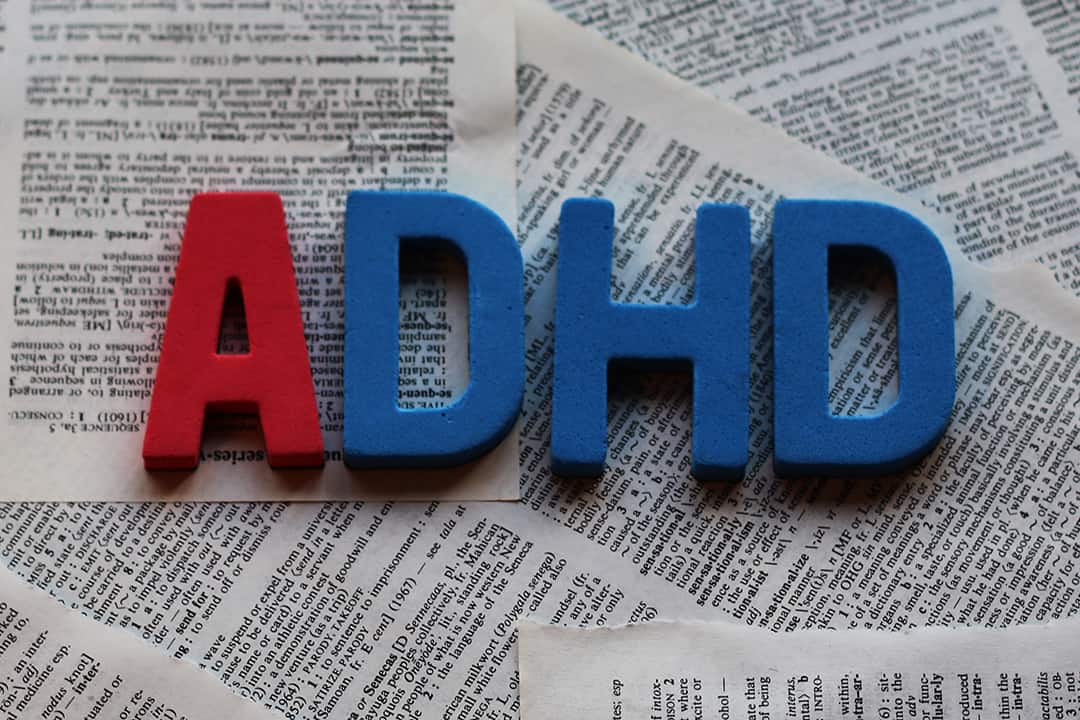Attention deficit hyperactivity disorder (ADHD) is often stereotypically perceived as a disorder that’s more prevalent in men, while ADHD in women and girls goes underrecognized and underdiagnosed. A recent media release from the Centre for ADHD Awareness, Canada (CADDAC) highlights that women and girls with ADHD are vulnerable to physical and mental health risks.
Since October is ADHD awareness month, The Varsity interviewed Professor Esme Fuller-Thomson, director of the Institute for Life Course and Aging at U of T, and Heidi Bernhardt, the founder of the CADDAC, on how to support the underrecognized girls and women with ADHD.
Oversight of symptoms
In general, people may exhibit one or more of three types of ADHD: hyperactive, inattentive, or combined. When asked about how ADHD presents in women and girls, Fuller-Thomson pointed out how “[women] normally present with the more inattentive type [of ADHD], which isn’t as disturbing to those around them but still can cause problems.” She added that, for this reason, ADHD in girls and women tends to fly under the radar to clinicians and teachers.
Fuller-Thomson also said that another complication that leads to overlooking symptoms of ADHD in girls is their tendency of “wanting to fit in a little bit more.” She elaborated that girls’ social awareness may result in them deliberately suppressing or controlling their symptoms. The oversight often results in ADHD being undiagnosed well into adulthood, causing lifelong and debilitating consequences for many women.
The impact of ADHD
During the interview, Fuller-Thomson referred to her 2016 research to provide statistical evidence illustrating the hardships that young women with ADHD are facing. The objective of the population-based study was to construct a sociodemographic and health profile of women with and without self-reported ADHD. Overall, findings revealed that women with ADHD are at least twice as likely to suffer from substance abuse, major depression, and anxiety disorders.
The acuteness of these coexisting mental health-related problems is apparent, as approximately half of women with ADHD have considered suicide, according to Fuller-Thomson’s research. Besides increased mental health risks, women with ADHD also report a higher chance of experiencing insomnia and chronic pain, which may limit their functional capacity.
Moreover, there are economic implications associated with ADHD in women. Fuller-Thomson pointed out that women with ADHD are particularly vulnerable to early adversities and to physical and mental health problems. Her research over the years indicates that women with ADHD suffer from high levels of poverty, defined by an inability to meet basic food and shelter costs.
Raising awareness
How can society best support girls and women living with ADHD? The Varsity turned to Heidi Bernhardt, the founder of the CADDAC, to learn more about ongoing initiatives and efforts for this cause.
The CADDAC is devoted to “[bettering] the lives of individuals and families impacted by ADHD,” said Bernhardt. It is actively engaged in areas of advocacy and education. Beside hosting conferences, webinars, and workshops, the CADDAC also works systematically with the government to build more awareness and request resources for people with ADHD.
Bernhardt mentioned that the CADDAC was receiving a high number of reports from postsecondary students and their parents that said that institutions were requiring students with ADHD to undergo expensive testing before they could be registered as having ADHD.
Bernhardt emphasized that these assessments were designed for quantifying learning disabilities and that some schools were rating the students as functioning below normal levels. “That would just mean they have a learning disability. It does not quantify ADHD impairments,” said Bernhardt.
To address this issue, the CADDAC developed a policy paper in 2015 that examined 50 postsecondary institutions nationwide and looked at the documentation they requested from students with ADHD. The CBC-featured media release represented a significant win for the CADDAC when it found that “everyone except one of [the 50 schools] had changed their requirements” in 2019. According to Bernhardt, most of the schools involved in the policy paper are now accepting physicians’ reports to determine academic accommodations for students with ADHD.
Fuller-Thomson concluded by saying that ADHD is “not all deficit-based.” With proper support, education, and understanding, women and girls with ADHD can have the opportunity to not only deal with the disorder but also thrive as contributing members of society.


